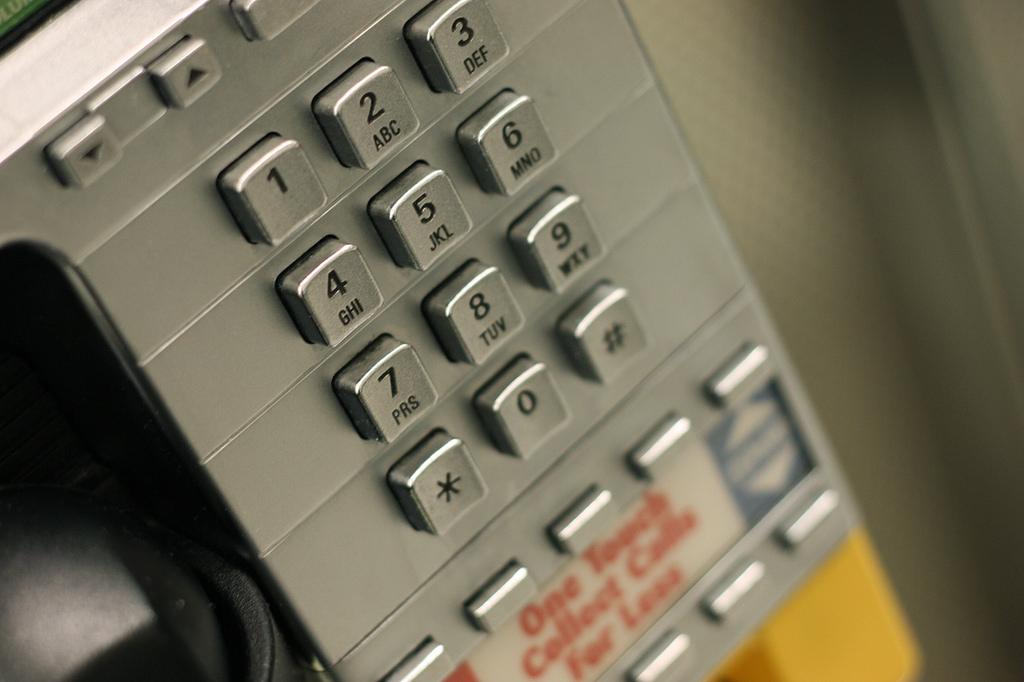The idea of pay-per-view is inspired by our predilection for frequenting events and paying to see them. At first this might have actually meant going somewhere, such as the stadium hosting the sporting event or the theater presenting the play, but today the prospect of leaving your home has been obviated by widescreen TV’s, satellite dishes and PVR’s. The modern interpretation of pay-per-view is to double-click your television remote and order a viewing of your favorite movie.
On the Internet the prospect of pay-per-view has loomed for quite some time in the form of micropayments. In this model, the network user pays for the resource as they use it. There are different levels of granularity, the most practical being you would pay to view a single page of content, and the most impractical being you would pay for every packet transferred to you from a specific host.
Unfortunately, even the practical has impractical limitations.
Foremost is the matter of implied consent. There is currently nothing to prevent you from visiting multiple links for which you must pay. Once you are willing to pay for a link, it is generally assumed you are also willing to pay for all links that require payment. Pundits contend that your micropayments are capped based on the total amount you are willing to spend, but the truth is you ultimately have very little control over what is getting spent.
Then there is the issue of how to bill for a partial transaction. What if a user downloads the text of an article but stops the download within the first few characters of the document. Do they pay for those few characters? What if the document downloads halfway and they are forced to retry, do they pay for the same document twice or half a document once and a whole document the second time?
At the extreme, billing for each packet of data would be the Eldorado for ISP’s. Imagine visiting your favorite website at a penny a packet, it might cost you a few cents to view eff.org but at least somebody is getting rich somewhere.
The truth of the matter is the Internet cannot continue to be free for companies looking to make a profit with a commercial content website. There needs to be a mechanism by which copyrighted content can be produced for the Internet and customers pay the publisher to view that content. It is imperative that this pay-for-content format is pervasive and that it can be distributed like many networked services. The Micropayment Markup Language describes a generalized infrastructure for issuing pay-per-content services.
The W3C recommendations stops short of describing the exact nature of electronic wallets or the Pay Fee Link Handler (PFLH). The resulting implementations have been just as incomplete, and most people have resorted to using credit cards to signup for subscription-based services.
Some industry insiders like Jakob Nielson have been predicting the second-coming of micropayments since the mid 90’s. However, it seems the initial observation was correct; users are afraid of being “nickel & dimed” to death. Combine that with a lack of viable standards for micropayment technology and virtually nonexistent industry suppose, it appears the ascent of micropayments will be microscopic.
This leaves the consumer with the unenviable task of picking the online subscriptions that appear most promising. In much the same way that people juggle the decision to subscribe to Newsweek or Time, a similar predicament is going to force a choice between Slashdot or Slate. In this regard, federations of web sites are going to offer the most flexible subscription services. This includes MSN and ultimately may prove to be a driving force behind Microsoft .NET.
The short-lived history of micropayments is miniscule compared to the hype that brought them as far as they could go.


